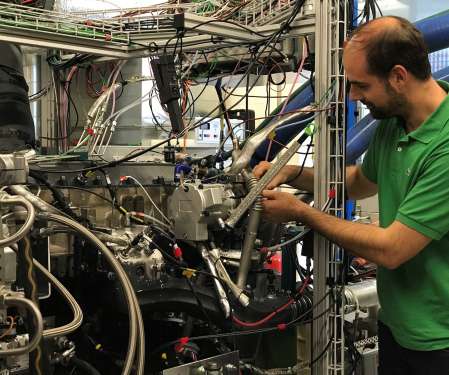EIA: US energy-related CO2 dropped 2.7% in 2015; of end-use sectors, only transportation increased
Green Car Congress
MARCH 27, 2017
Specific circumstances, such as the very warm fourth quarter of 2015 and relatively low natural gas prices, put downward pressure on emissions as natural gas was substituted for coal in electricity generation. Transportation-related CO2 emissions increased by 38 million metric tons (MMmt) (2.1%) in 2015. Electricity.












Let's personalize your content